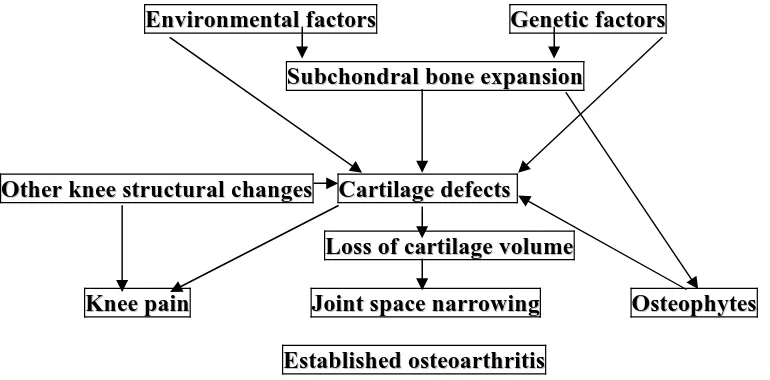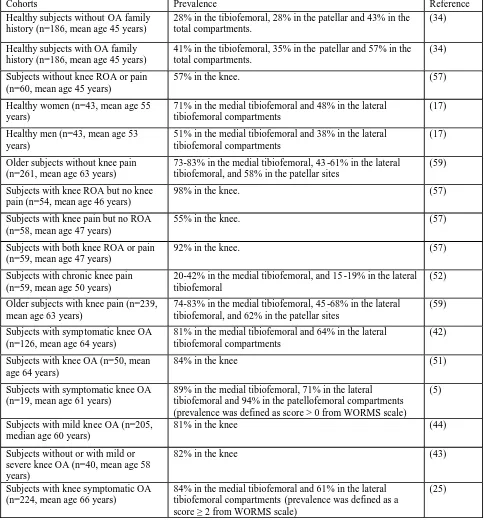Tibial subchondral bone size and knee cartilage defects: relevance to knee osteoarthritis
Full text
Figure




Related documents
In this layer Data collection, arrangement with management is done with the help of application software. This layer ensures that when sink collects from sensor node no malicious
The relative molecular weight of the acidic polysaccharide fraction was determined by efficient liquid gel permeation method, the monosaccharide composition
The measurement of firsthand student experience during a study abroad program is also crucial as this aspect is inherent to experiential learning and the related opportunities
The adolescents who reported spinal pain in more than one spinal area that was of moderate or severe intensity and of high frequency (frequent or daily), were older, mostly
If the loss function is the same as in the case of a point target, but with losses equaling zero when inflation lies inside the target range, then optimal monetary policy does
Hence, the present investigation deals with the isolation, screening, and identification of most potent L-arginase producing bacteria from soil.. MATERIALS
2 As a result, the Federal Reserve’s balance sheet temporarily expands: the monetary base component of its liabilities rises, as does the repo component of its assets.. If the Federal
Conversely, expression of the growth repressor PTEN (Goberdhan et al., 1999) increased the frequency of duplicated nota under conditions of reduced Notch activity (Fig. 3J),
